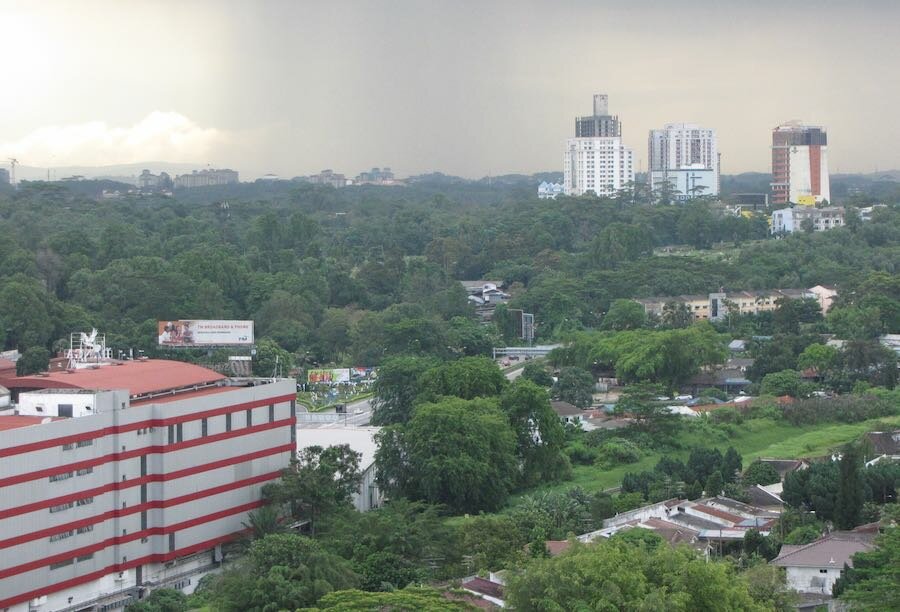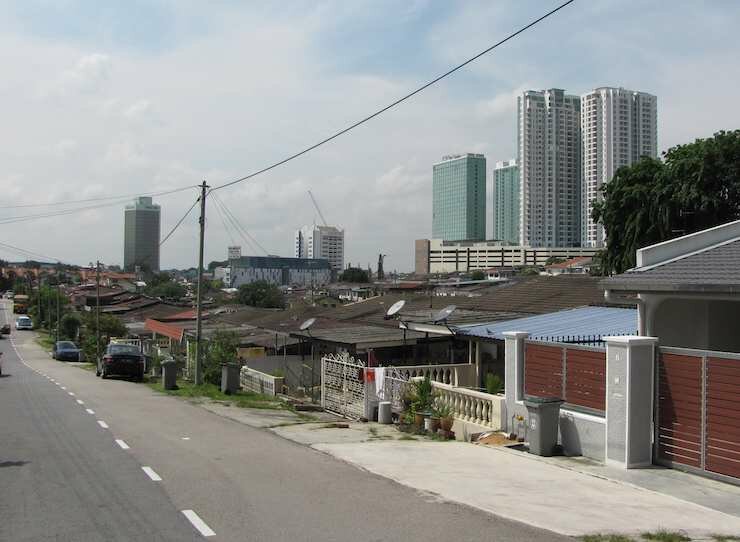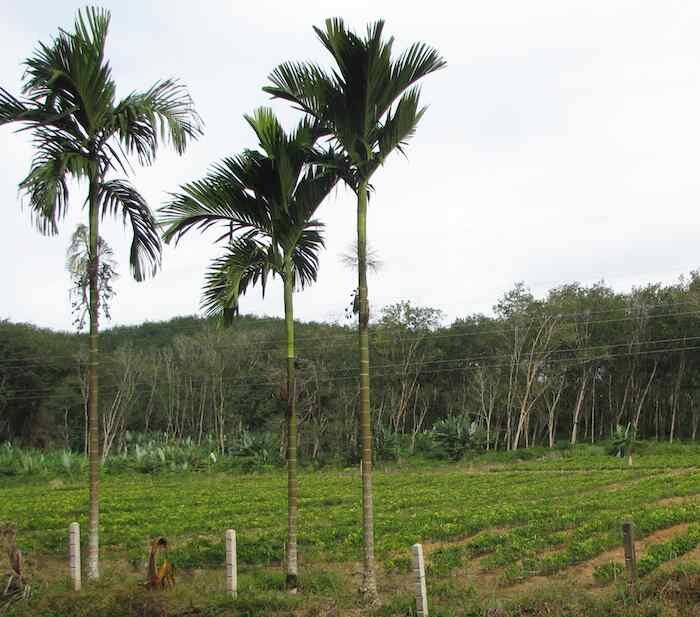It was pretty easy to see the glut in residential property in Johor being created over the last few years, and I wrote about several times: The Potential of Iskandar is Very High but Investing in Iskandar has Risks – Iskandar Housing Real Estate Investment Considerations (2011), Singapore Sprawl Fueled by Cheap Housing Resulting in Long Delays at Border (2014), Malaysian Real Estate Slowdown May be Taking Hold (2014).

The long term prospects for Johor remain strong. Building on the advantages of being a suburb of Singapore has huge potential. Managing that advantage should provide huge long term benefits. Still in the residential building boom seems overdone and not balanced with brining in enough high paying jobs or improved transportation to jobs in Singapore.
UEM Sunrise shifts focus away from Johor due to glut in the state
Iskandar Malaysia’s biggest property developer UEM Sunrise Bhd will focus on Peninsular Malaysia’s central region, as Johor faces a property glut and slowdown.
Managing director Anwar Syahrin Abdul Ajib said the company would be shifting focus to the central and northern regions as well as overseas.
…
“Right now, it’s a bit slow. There’s nothing to hide … everybody is feeling it. Some developers have already cut their forecasts, some are saying growth is stagnant while some say they’re going to do better than others last year,” he said.Anwar is targeting a lower sales of RM2bil this year compared with RM2.4bil last year as buyers are also finding it hard to secure loans from banks.
“To tell you the truth, there are a lot of people who want to buy and we have a lot of bookings but they can’t get loans, so this is something that’s in the way.
“We need to find a solution and talk to financial institutions and see whether they need to relax a bit in terms of letting people be able to purchase houses for investment purposes,” he explained.
Malaysia should not relax lending standards. Property booms are followed by busts. Booms are most often triggered by huge investor demand made possible by lax lending standards. It is poor economic policy to stoke investor demand in real estate. This is a critical mistake when the rental market is weak, as it is in Johor. The luxury housing market is not supported by jobs in Johor.
The only hope for filling the luxury housing are getting those with high paying jobs in Singapore and retires from Singapore and elsewhere to move in (which has been happening but not nearly at the rate of production of new units). And given the long delays in addressing the transportation problems until the MRT is extended it is hard to see much more room for increased commuting. Once the MRT is complete the Johor market should boom.
Property development creates lots of economic value that can provide large rewards to those in power. When that pressure leads to stoking the fires of a boom the consequences will be felt in the economy very sharply once a bust develops. Johor needs to focus on attracting more high paying jobs and quickly improving transportation issues. Johor should be discouraging more luxury housing development at this time, not encouraging it – but it is hard to put long term economic prosperity above quick, short term cash. Few countries have done that well. Singapore is one that has and the future of Johor is tied to the success Singapore brings with that focus and how well Johor can show the same discipline Singapore has shown for nearly 50 years.

